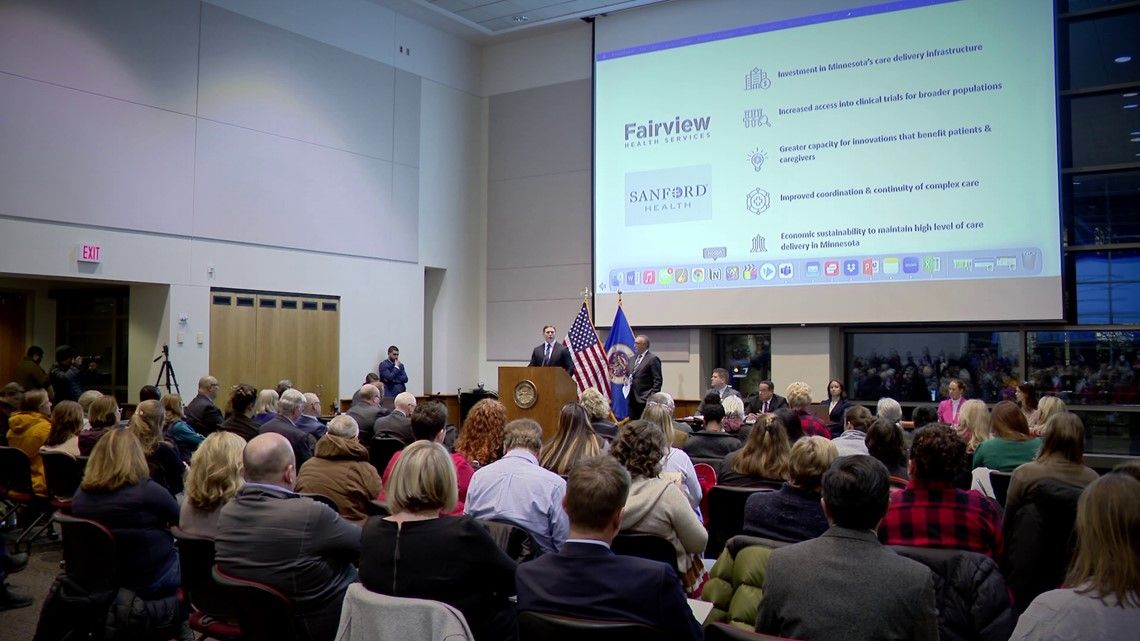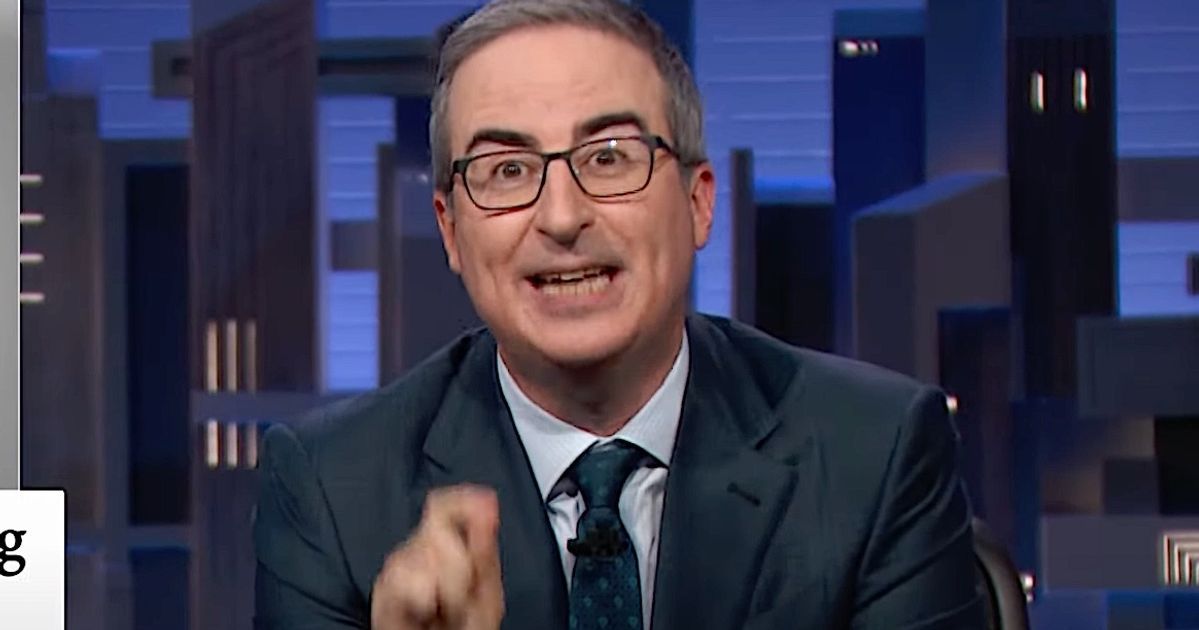Sanford, Fairview Health systems end proposed mega-merger
On Thursday, Sanford released a statement saying it had initiated the decision to cancel the merger, followed shortly by a similar statement from Fairview Health.
MINNEAPOLIS — Following nearly a year of negotiations and several delays, the mega-merger between Fairview Health Services and Sanford Health has fallen through, according to both companies.
On Thursday, Sioux Falls-based Sanford Health released a statement saying it had initiated the decision to cancel the merger, while Minneapolis-based Fairview Health followed suit a short time later with its own statement claiming to have ended the merger. Before Thursday's update and after another announced delay, both health systems said in April they were confident about getting the merger done by Aug. 31.
“The significant benefits we identified for a combined system with Fairview Health Services compelled us to exhaust all potential pathways to completing our proposed merger. However, without support for this transaction from certain Minnesota stakeholders, we have determined it is in the best interest of Sanford Health to discontinue the merger process," Sanford Health President and CEO Bill Gassen told KARE 11 in a statement.
Fairview Health agreed the merger couldn't be completed due to issues with its stakeholder funding as well.
“Our aligned missions, our shared commitment to health and healing, and our deep roots in our communities positioned us well to transform the future of healthcare,” said Fairview Health Services President and CEO James Hereford said in a statement. “However, without support for this transaction from certain stakeholders, we have determined it is in the best interest of Fairview Health Services to discontinue the merger Process.”
The companies announced the potential merger back in November 2022, creating a road map for what would have created one of the largest health care providers in the country. The move came after the first failed bid to merge the companies in 2013, which fell apart over concerns about who would control the University of Minnesota's Medical Center — the state's largest academic training hospital — that's currently operated by Fairview.
Meanwhile, the U decided to take matters into its own hands, announcing in February its intent to take control of the medical facility. To achieve that, university officials requested $950 million from the state of Minnesota to acquire, operate and invest in its East and West Bank facilities, Masonic Children’s Hospital and the Clinics and Surgery Center.
"Control of Minnesota’s academic health care assets by a South Dakota-based entity is a non-starter,” said Dr. Jakub Tolar, dean of the Medical School and vice president for clinical affairs, in February. “The charitable assets of the University’s academic health facilities and operations have been supported by Minnesotans and must be governed by the University of Minnesota.”
In March, that request was approved by the University's Board of Regents, but despite receiving support in some areas of the state, the request was ultimately denied by the legislature. When news broke about the failed merger on Thursday, the University told KARE 11 it continues to remain focused on patient care.
"Today we became aware of the news that Sanford would not be proceeding with its proposed merger with Fairview. As we move forward from here, we remain focused on our public mission to provide high quality, innovative and leading-edge care to patients across Minnesota, and how we can best support access to world-class health care for the entire state."
Attorney General Keith Ellison was also an early skeptic of the proposed merger, soliciting public comments about the perceived potential impacts it could have on communities across Minnesota. After Thursday's announcement to discontinue the merger, Ellison weighed in again, telling KARE 11:
“Fairview and Sanford have made the decision they have determined is right for them. In my office’s ongoing investigation, we have done significant work to evaluate the proposed merger’s compliance with state and federal laws and whether it is in the public interest, including reviewing more than 300,000 pages of documents.
We know the proposed merger has been of vital interest to Minnesotans as well: our investigation received more than 6,000 comments from Minnesotans about it, including at four well-attended public meetings across the state. While this merger will not be going forward, the health and future of Fairview, the University of Minnesota healthcare facilities, and all Minnesota health systems are of vital interest to all Minnesotans. Much work remains to be done.”
In February, both CEOs sat down with KARE 11 to address various concerns, saying they believed the merger would have been an ideal fit because the two nonprofits do not overlap geographically, meaning they wouldn't be looking to close clinics or hospitals.
Sanford is one of the largest rural health systems in the U.S. with 224 primary and specialty clinics, 47,000 employees and 47 hospitals. Fairview is one of the biggest in the Twin Cities, with 80 primary and specialty care clinics, 31,000 employees and 11 hospitals.
“While we wish the outcome were different, we know that the best thing for our patients, our people and the communities we serve is to continue our focus on delivering world-class care, now and into the future,” Hereford said. “At the center of everything we do is our patients. Today and every day, we are driven by a mission to serve. It’s what brings us together as a team. And its why we are so proud to do the work we do, together, every day."
Sanford agreed that on the other side of the coin, the decision to end the merger was also in its best interests.
"This is the right decision for our patients and residents, our people and the communities we serve. We remain committed to providing world-class care to patients across our footprint. We are extremely grateful for the support we have received from many Minnesotans who share our vision to invest in health care delivery and enhance access to care in both rural and urban areas."
WATCH MORE ON KARE 11+
Download the free KARE 11+ app for Roku, Fire TV, Apple TV and other smart TV platforms to watch more from KARE 11 anytime! The KARE 11+ app includes live streams of all of KARE 11's newscasts. You'll also find on-demand replays of newscasts; the latest from KARE 11 Investigates, Breaking the News and the Land of 10,000 Stories; exclusive programs like Verify and HeartThreads; and Minnesota sports talk from our partners at Locked On Minnesota.
Watch more local news:
Source: KARE11.com


